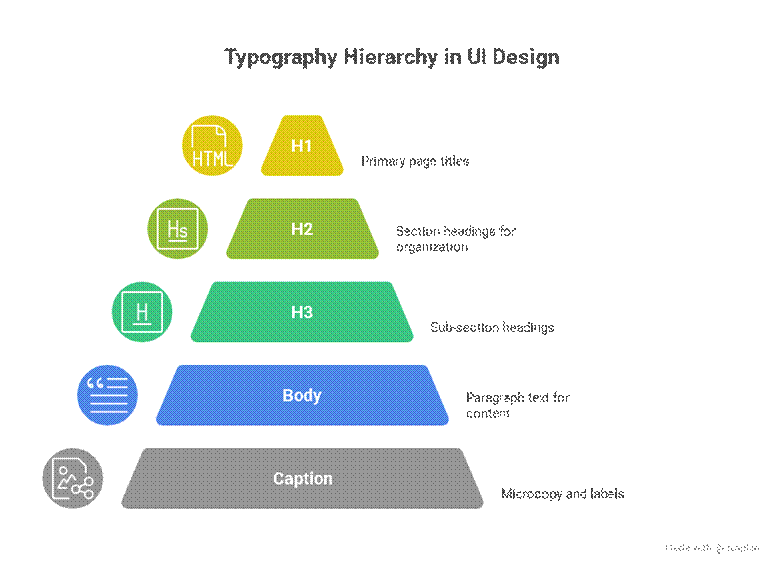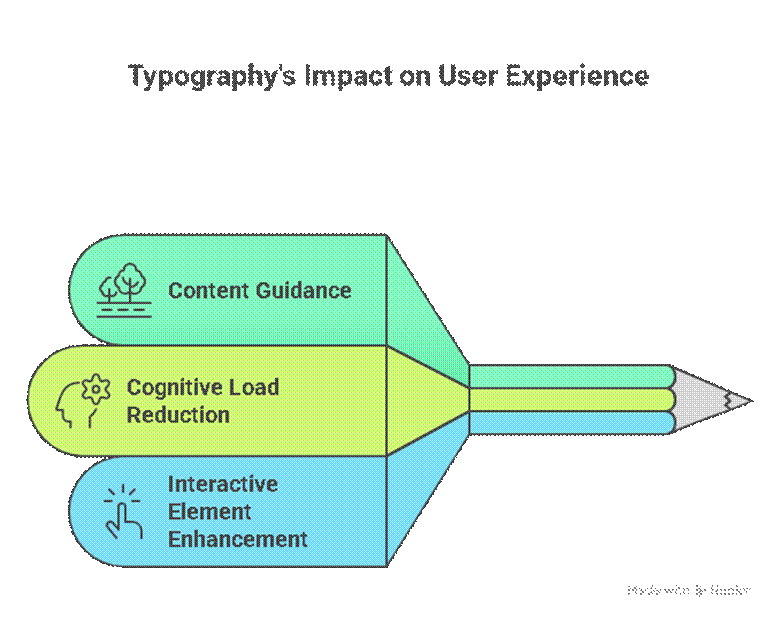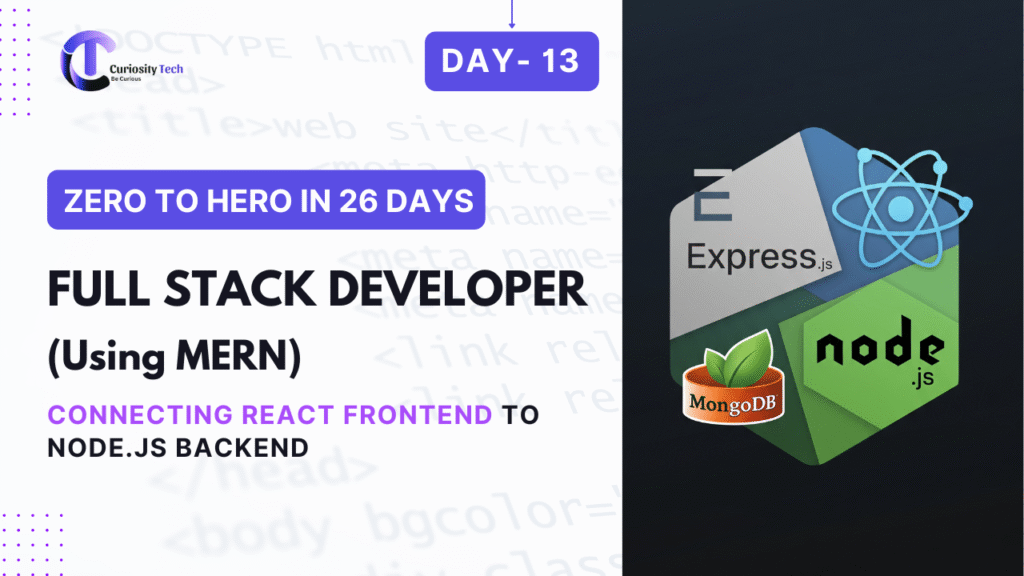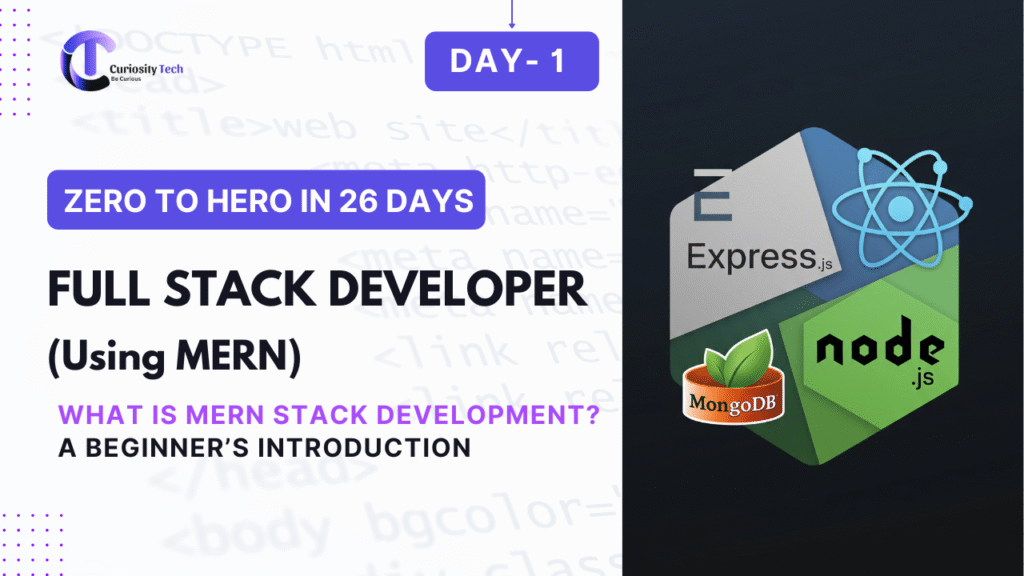In the ever-evolving world of digital design, typography is no longer just about choosing a pretty font—it has become a core element of user interface (UI) design that directly influences usability, brand perception, and overall user experience. From websites and mobile apps to digital dashboards, the way text communicates visually can make or break an interface. On this journey through modern UI design, we explore how typography shapes the digital experience, practical strategies for effective font usage, and insights into why platforms like CuriosityTech.in are pioneering innovative design solutions.
Why Typography Matters in Modern UI Design
Typography is the bridge between content and perception. It is the visual voice of your interface, guiding users intuitively through information. Poor typography can frustrate users, while well-thought-out typography can:
- Enhance Readability and Legibility: The right font style, size, and spacing make content digestible, especially on responsive designs where screen sizes vary.
- Establish Visual Hierarchy: Typography organizes content into meaningful sections, allowing users to scan efficiently and prioritize information.
- Reflect Brand Identity: Fonts carry emotion. A modern sans-serif can convey innovation, while a serif may reflect tradition and reliability.
- Support Accessibility: Thoughtful typography ensures that content is accessible to users with visual impairments or dyslexia-friendly designs.
At CuriosityTech.in, our design approach ensures that typography isn’t an afterthought. Each UI element—from headings to microcopy—is crafted to balance aesthetics and functionality, enhancing the user journey across web and mobile platforms.
Core Principles of UI Typography
Hierarchical Typography in Action

Typography Trends in Modern UI Design (2025 Edition)
Modern UI design is evolving rapidly, and typography is keeping pace with new trends:
- Variable Fonts: Designers can adjust weight, width, and slant dynamically, optimizing both performance and aesthetics.
- Bold & Expressive Headlines: Larger, bold typography is dominating landing pages to create instant impact.
- Micro-Typography: Fine adjustments in spacing, line-height, and kerning are becoming standard for polished interfaces.
- Minimalist & Clean Fonts: Sans-serif fonts like Inter, Roboto, and SF Pro are prevalent for their readability and modern feel.
- Custom Typefaces for Branding: Unique typefaces help brands like CuriosityTech.in differentiate themselves in crowded digital spaces.
Integrating Typography with UX

At CuriosityTech.in, we believe that combining typography with intelligent UX strategies creates interfaces that are not only beautiful but also user-centered, helping businesses communicate their message effortlessly.
Conclusion
Typography is no longer just a stylistic choice in UI design—it is a fundamental tool for communication, usability, and branding. Designers must pay close attention to hierarchy, readability, and responsiveness, while also embracing evolving trends like variable fonts and expressive micro-typography. By marrying these principles with a user-centered approach, platforms like CuriosityTech.in demonstrate how typography can elevate modern digital experiences, making interactions seamless, enjoyable, and memorable.
Typography is the silent hero of digital design, quietly guiding users and shaping perception—when done right, it leaves a lasting impression.



